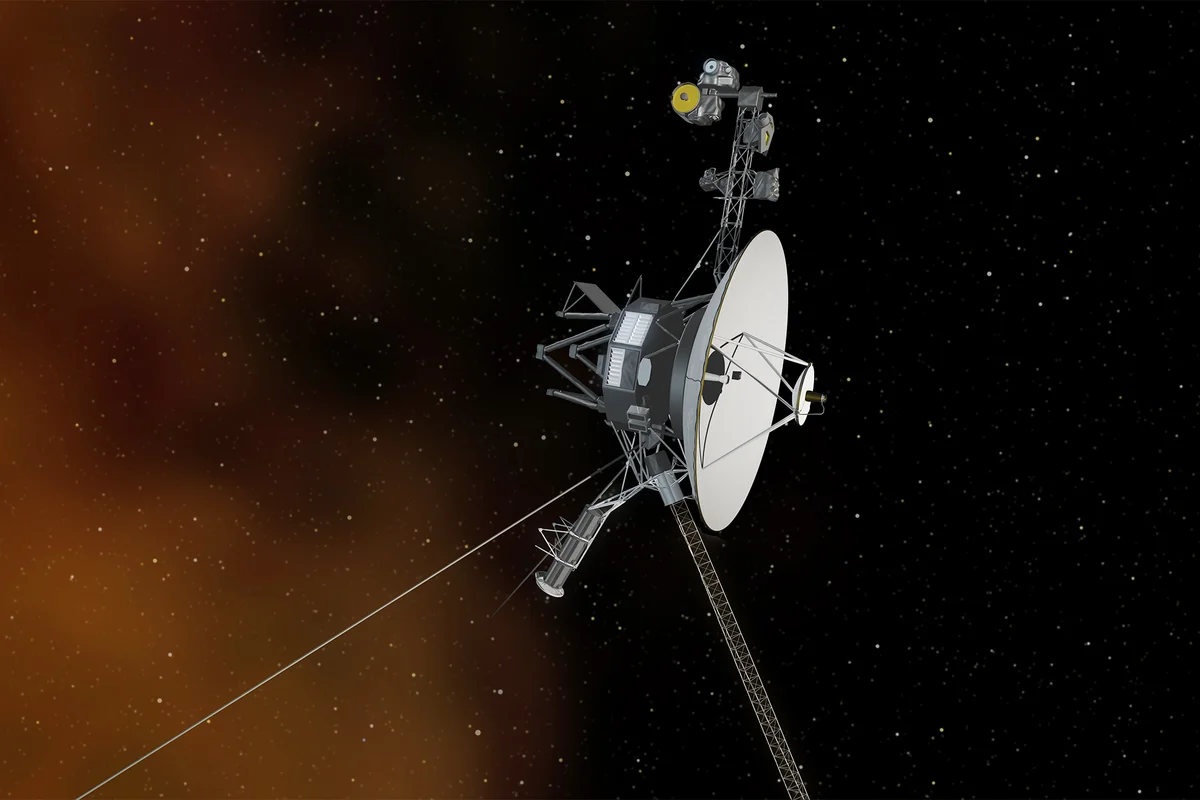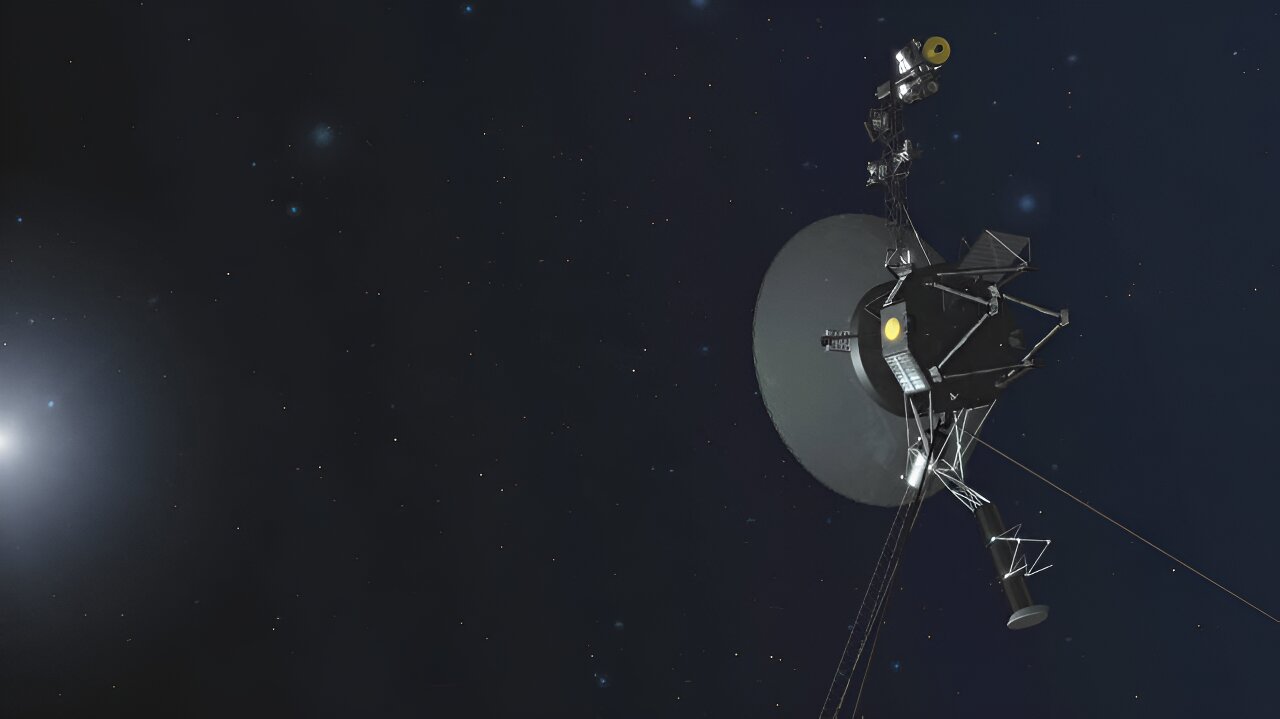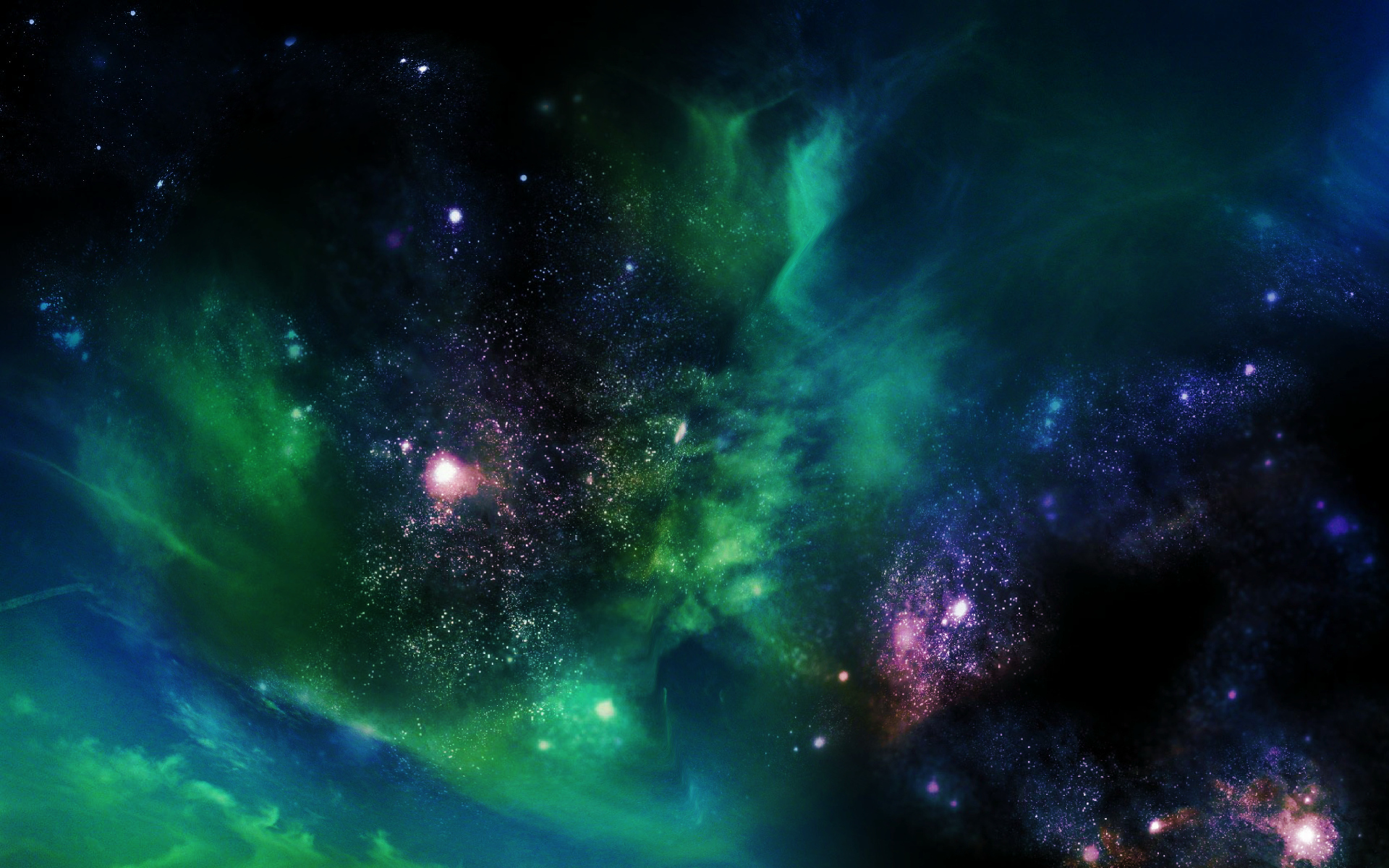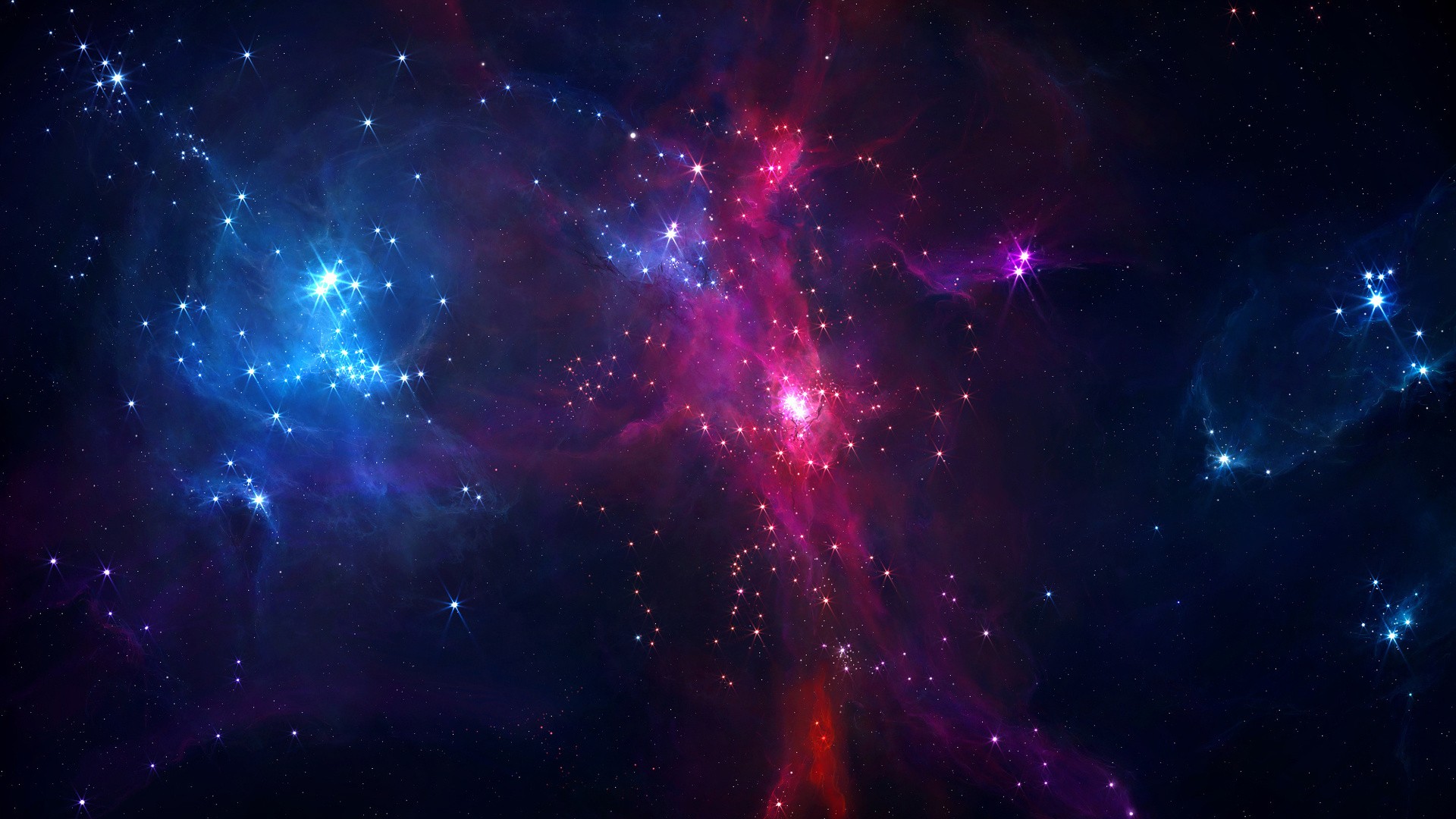
The Alpha Centauri (AC) star system is our nearest stellar neighbour and it is moving toward us, presenting an excellent opportunity to study how material might move between Solar Systems.

NASA’s Voyager 1 spacecraft is conducting normal science operations for the first time following a technical issue that arose in November 2023.

The most distant spacecraft from Earth stopped sending back understandable data last November. NASA's Jet Propulsion Laboratory declared success after receiving good engineering updates late last week.

A recent adjustment, in which the probe redirects a tiny amount of power meant for an onboard safety system, means all five scientific instruments aboard Voyager 2 can stay active until 2026, according to a NASA.

A team of US. scientists found huge ripples at the edge of the Solar System, on the scale of tens of astronomical units.

Nearly 45 years into its space journey, the NASA Voyager 1 probe is sending back mysterious data that has left the spacecraft’s engineers confused.

The project, currently known as the “Interstellar Probe” would plan to launch in the 2030s and reach the 1000 AU target around 15 years later. This will result in a completely new perspective for science.

Scientists have found that the pressure at the edge of the solar system is greater than expected after analyzing data collected by NASA's Voyager spacecraft—the only objects to have traveled to interstellar space.

More than 41 years and nearly 18 billion km from Earth, NASA’s Voyager 2 probe has finally passed beyond the protective bubble defined by the Sun’s magnetic fields and solar wind, joining its sistership Voyager 1 in the interstellar space.

Astronomers have made the first definitive interstellar detection of benzonitrile, an intriguing organic molecule. This discovery is a vital clue in a 30-year-old mystery: identifying the source of a faint infrared glow that permeates the Milky Way and other galaxies.
First mirror image molecule spotted in interstellar space.

NASA's Interstellar Boundary Explorer (IBEX) has captured the best and most complete glimpse yet of what lies beyond the solar system.

A team of European astronomers has used ESO’s Very Large Telescope and a host of other telescopes to discover and study the most distant quasar found to date. This brilliant beacon, powered by a black hole with a mass two billion times that of the Sun, is by far the brightest object yet discovered in the early Universe. The results will appear in the 30 June 2011 issue of the journal Nature.

What would an interstellar mission look like? Check out what an interstellar mission would look like and how a spacecraft could travel to another star.